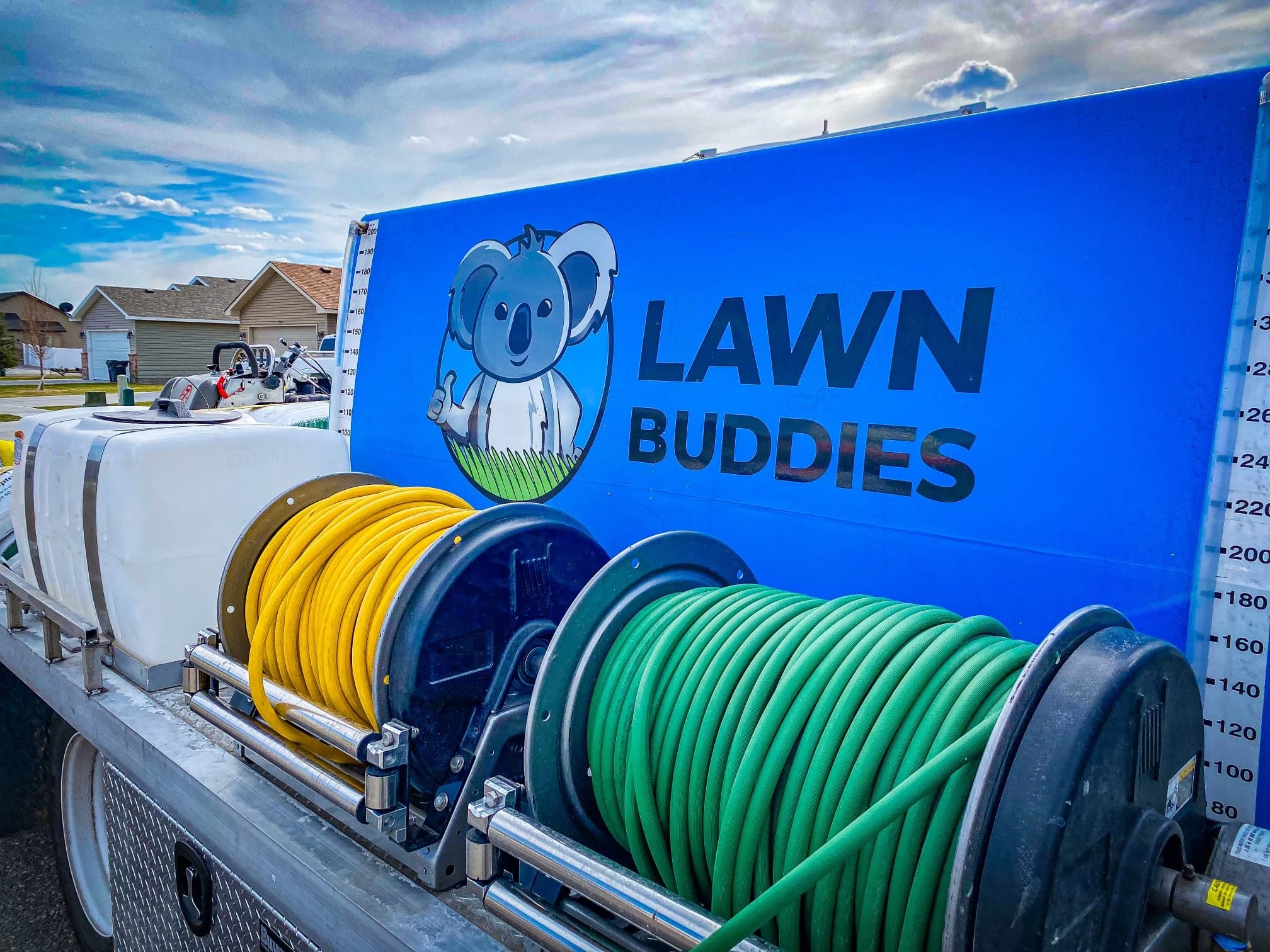
If you’re wanting to add another service offering for your customer base, typically, you’ll want to simply create a new division within your lawn or landscape business. However, there are certain cases where spinning off this new service into a secondary brand can be a better fit.
Reasons To Create A Secondary Business
Chase Coates, owner of Outback Landscape, based in Idaho Falls, Idaho, says their secondary business came from the acquisition of Lawn Buddies, which already had a good reputation in the area. He says they wanted to get into fertilization and pest control but felt that Outback Landscape was already known for landscape construction.
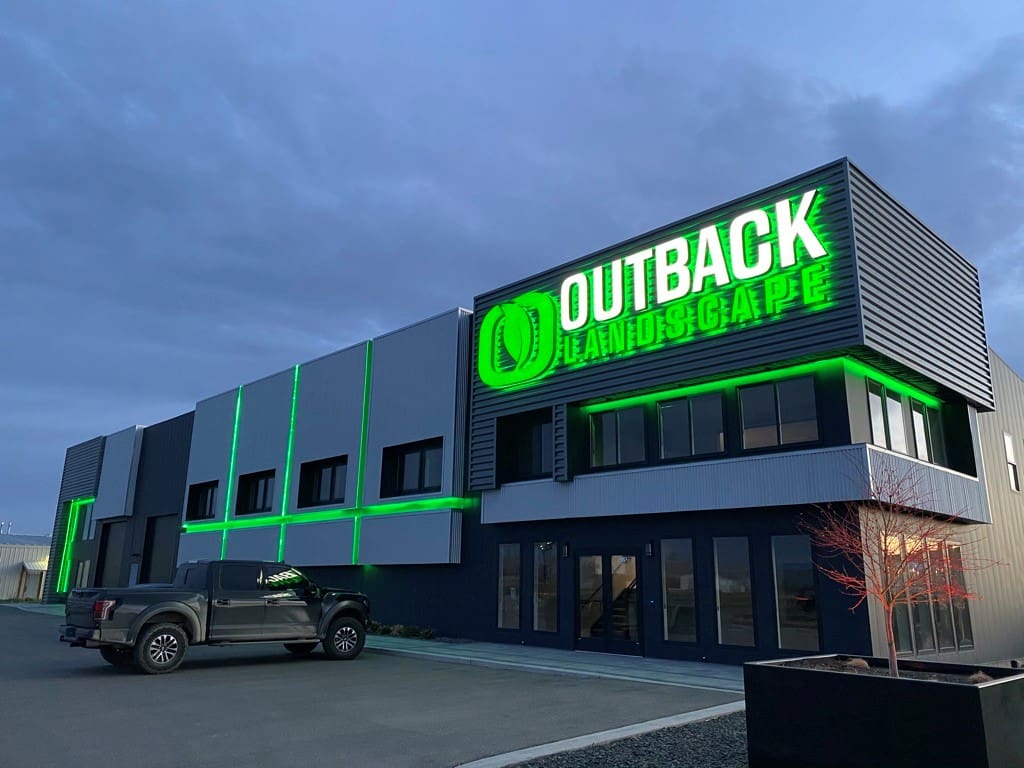
He says they were also looking to reach a different set of customers – those who mow their own lawns but are looking for a company to handle the chemical side of things.
As the market structure changed for Michael Hatcher & Associates, based in Olive Branch, Mississippi, they shifted their focus to provide landscape construction and maintenance services to the commercial market with limited services for residential clients. However, they recognized the potential of their lawn care and spray services division.
Russ Sneed, CEO of Michael Hatcher and Associates, says when their in-house team, supplemented by subcontractors, couldn’t keep up with the demand for lawn care fertilization and weed control services from residential and commercial customers, they acquired Master Lawn five years ago. As they acquired additional companies, including Mid-South Turf and Ornamental (2020), Your Choice Lawn & Turf (2021), and Green King Spray Services (2021), it made sense to restructure and form separate commercial landscape and lawn care divisions.
“I strongly believe there is a difference between the commercial maintenance and residential lawn care customer,” Sneed says. “The first thing I’d like a residential homeowner to think when they hear our brand is that we are trustworthy, easy to do business with, and comprised of people in the community who are focused on being the best at providing lawn care services at their home. It takes a lot longer to correlate the look and feel of our brand on a commercial construction or commercial maintenance site to their own front yard.”
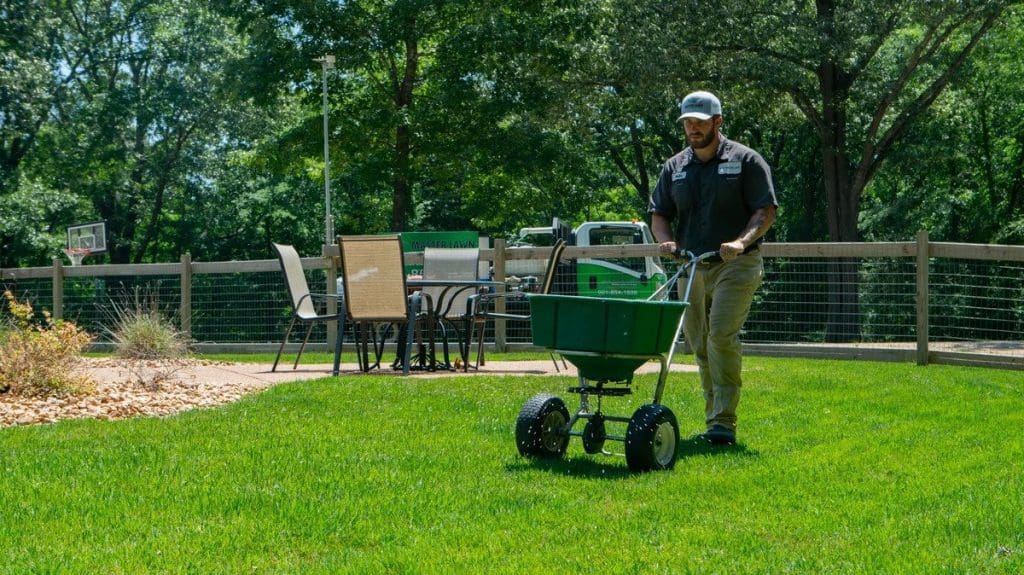
Sneed says with their lawn care brand, they can market their weed control and lawn fertilization services to specific geographies in Mississippi and Tennessee.
Todd Thomasson, founder of Rock Water Farm Landscapes & Hardscapes, based in Aldie, Virginia, says he decided to create Turf’s Up Lawn Care, based in Haymarket, Virginia, when their design/build brand was becoming diluted.
“Someone would only know us as a lawn care company, and then they find out your lawn care company is building your pool?” Thomasson says. “It’s just confusing. Or if you say, ‘Hey Todd, who does your lawn?’ and I say, ‘Rock Water’ and you Google us and you see pools and patios. It’s kind of like ordering Chinese food and Pizza Hut answers the phone. It became blurry of who we are and what we do.”
Dan Mello, owner of Seacoast Tree Care based in Stratham, New Hampshire, and Seacoast Turf Care based in North Hampton, New Hampshire, says he initially provided lawn care as part of his tree care company, but they got to a point where the division was stagnant.
“I was either going to stop doing it or make it bigger, and I decided to make it bigger,” Mello says. “I got involved with a consultant that helped me and started to grow it. We got RealGreen. We started hiring more, better experienced employees. It just got to the point that it was getting to be its own culture. It had its own calendar.”
Mello says another deciding factor for separating the two businesses is because he knew they are evaluated differently for sale.
Factors To Consideration
If you are in a similar situation where you’ve acquired a company with a strong market presence, your branding has become muddled, or you need to separate a division for future selling opportunities, there are still a number of aspects to think through.
A major decision is if you want to have the financials for the businesses truly separate. Coates says they view Lawn Buddies more as a division of Outback Landscape, even though the branding is separate. The two companies use the same software on the backend and the money goes into the same bank account, but they track them separately regarding P&Ls.
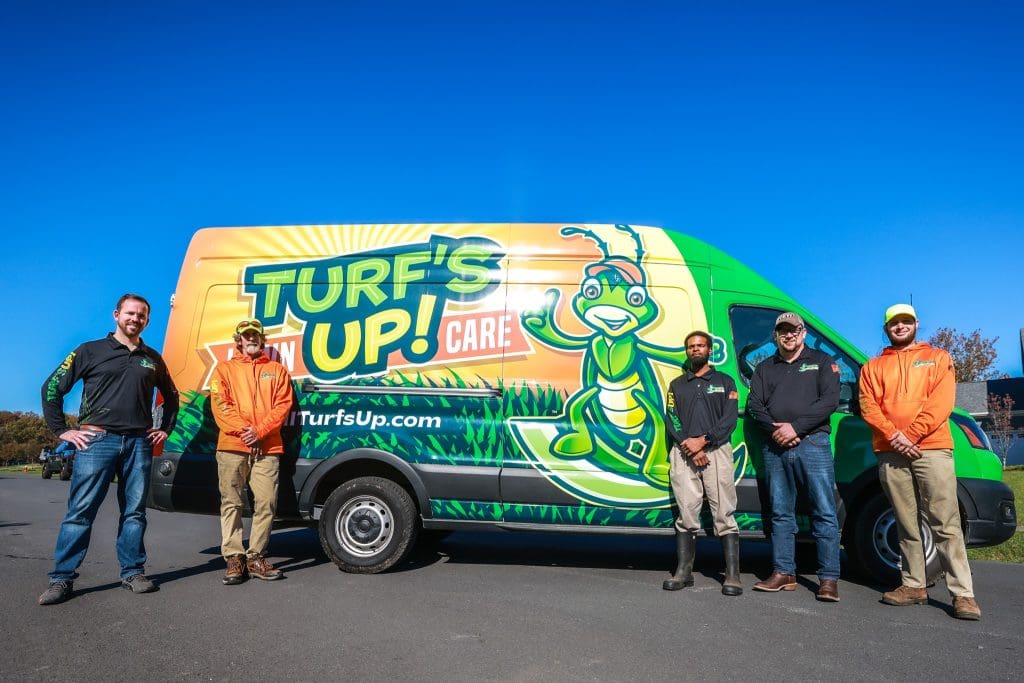
Thomasson says there’s still a little blending of the two companies’ finances as Turf’s Up gets established due to startup costs. He says for the 2024 season, it will completely stand on its own.
Michael Hatcher & Associates are on one trial balance with lawn care-specific reporting down to profit. Sneed says they are exploring separating out the finances entirely.
Deciding if you want separate facilities, equipment and team members varies on your business model and the nature of the two businesses’ services offered. Because of Coates’s view of Lawn Buddies as part of their larger company, they share the same facility and the same customer service staff.
“When the phones ring, they have a different ringtone, but it’ll actually say LB or OB in front of the customer depending on what phone number they call,” Coates says. “We have multiple phone numbers and tracking numbers that we use for Lawn Buddies so if we do a postcard mailing we’ll do a tracking number. And then we can tell how many people called from the postcard specifically, and it just forwards to our regular number.”
Lawn Buddies employees will also do Christmas lighting and snow plowing with Outback Landscape in the winter.
Sneed says their Master Lawn technicians operate from the Master Lawn headquarters and the lawn care division’s commercial operations are staged at Master Lawn’s satellite offices, where Michael Hatcher & Associates are also located. Their team members have access to the same education, training and advancement opportunities.
“Team members have successfully transferred to other divisions and departments,” Sneed says. “In almost all scenarios, Master Lawn team members are hired with the intent to only work for the lawn care team.”
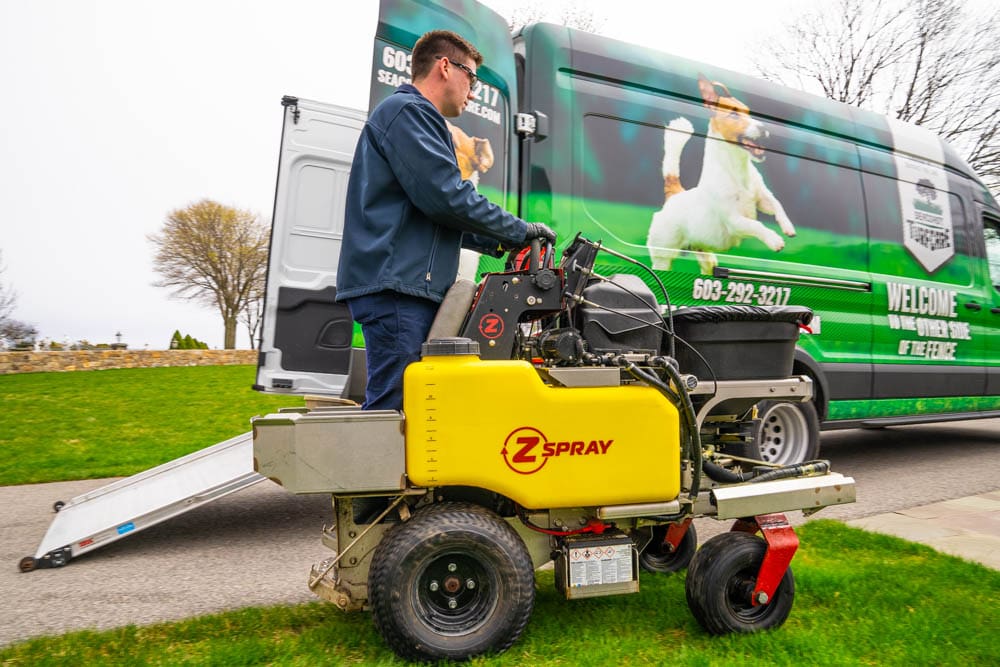
Rock Water is in the process of building a whole new facility that will house both brands, but each company has its own sales team and there is rarely any employee crossover.
Meanwhile, Mello’s two companies have separate locations and equipment. When it comes to sharing employees, Mello says he tried to have crossover where arborists would do some weed control and lawn guys could help with tree care, but it hasn’t been too successful.
“There are times that we will move people over,” Mello says. “The turf guys will want to work in the winter. In the winter, they’ll drag brush on the tree crews, and we’ll just put their payroll on the tree company’s separate payroll.”
The office manager, general manager and Mello are the only three who split their salary between the two companies.
As far as leadership of the two different companies, appointing at least a general manager can be beneficial in overseeing the success of the other brand.
“We are actively recruiting for a president of lawn care, a role I have stepped into on an interim basis until the right candidate is secured,” Sneed says. “This position is only necessary if the brand will be focused on growing to be a stand-alone, healthy organization that can handle its own support infrastructure.”
Another consideration is how much you want to highlight the companies’ ties to one another. This can vary depending if your customer base for the two businesses is similar or different. Coates says some customers have caught the tongue-in-cheek nod to Outback Landscape by having a koala as the mascot for Lawn Buddies, but they don’t cross-promote the two businesses.
Sneed says as they move forward with Master Lawn as a stand-alone brand, their parent company information will not be as front and center as it has been to help avoid confusion.

